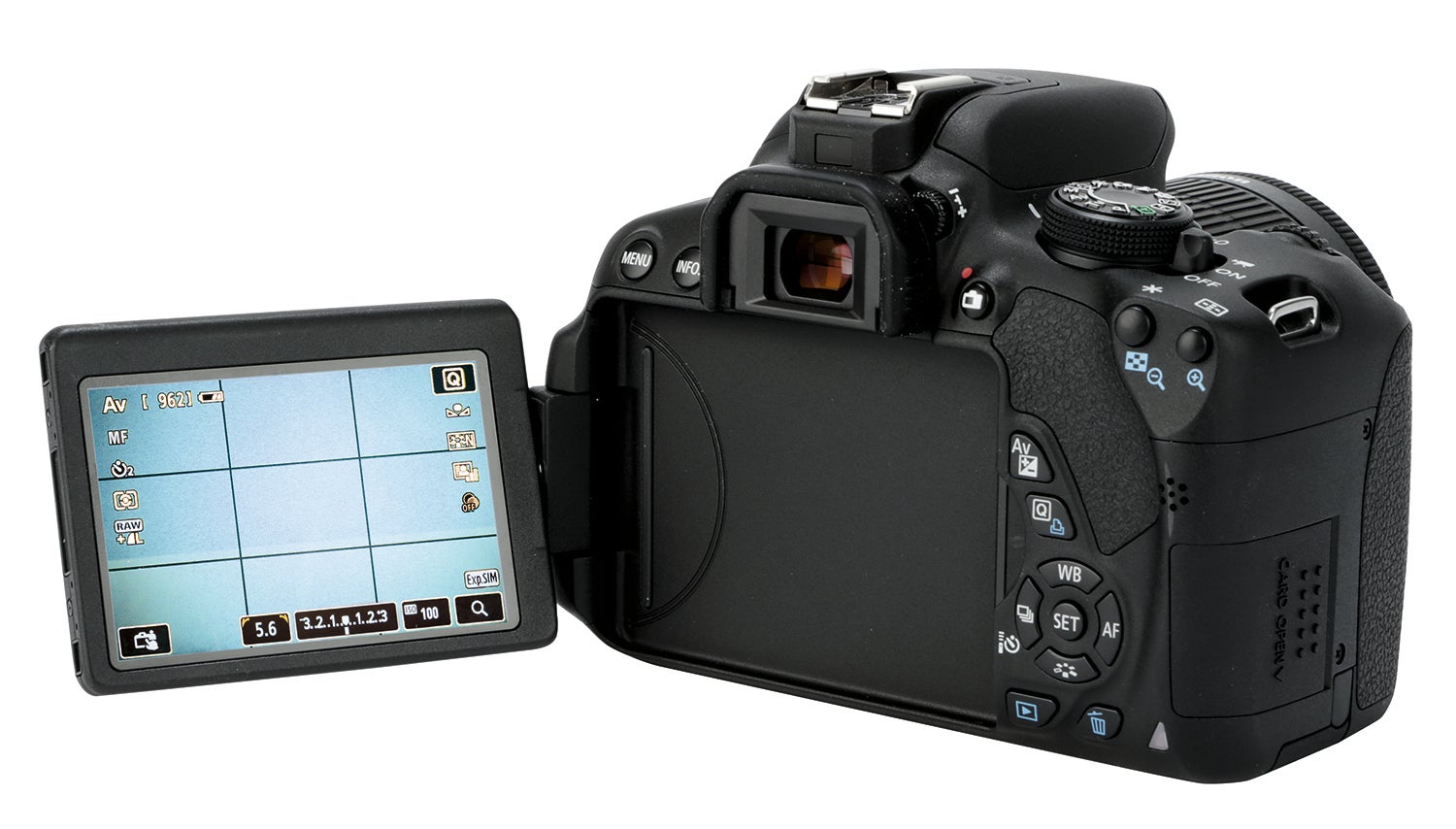
I also like the fact that Fuji supports older cameras with firmware updates long after other manufactures have abandoned their older models. With that said I think the Fuji X-T30 is a great compact camera that offers a lot in a small package.
#Electronic viewfinder vs optical viewfinder full
With that said the Sony A7 III is a great all around Full frame camera with Sony's great line up of lenses, plus third party support. I'm a Fuji guy but I've shot Nikon both film and digital for many years, used Sony for a little bit and now Fuji. But in the long run if you're serious about photography you'll move to mirrorless. There are also great deals on used DSLR equipment. Now with that said DSLR's are fine camera and you can learn a lot with them. The advice about getting a used Canon rebel (or any used DSLR) isn't bad, it's a good way to see if you really like photography without spending a lot of money but keep in mind you will out grow that system fast and be looking to upgrade.įinally DSLR's are dying quickly! All of the major manufactures are concentrating on their mirrorless lineup. Unlike the optical viewfinder, the LCD screen displays the entire frame that the sensors capture. If you're using the back screen in live view you're holding the camera out in front of you, it's awkward, unstable and you look like a newbie. LCD screens have advantages, but so do optical viewfinders. Cameras are designed to be held up to your eye, this gives you the most stable hold on the camera. The optical viewfinder, found in cameras like Nikons DSLRs, is tried and true, relying on mirror technology in the camera. The difference between live view on the back screen of a DSLR and an EVF on a mirrorless camera is all about how you're holding the camera.

I think you have a good understanding about the advantages of a mirrorless camera and having an EVF. I have 0 prior knowledge of photography and cameras so I appreciate your clarifications! What I'm confused about is what a dedicated EVF offers over the live view on the LCD screen, which I think does essentially the same thing? So, on a DSLR, wouldn't I have access to both the optical viewfinder AND the live view on the screen, essentially being able to derive benefits from both? And on a mirrorless camera, aren't the EVF and the option of live view on the screen kind of redundant?

I find the notion of an electronic viewfinder appealing, but find myself very confused about a few things, so here I am!įrom what I understand, the EVF would allow me to directly see how exposure settings and depth focus are reflected in the image I will be taking, which will allow me to learn better and take better pictures (please correct me if I'm wrong).

I've read posts here and there and am leaning towards a mirrorless as opposed to a DSLR. I want to pick up photography as a hobby and am picking my first camera. A viewfinder is an optical system, typically found on a camera, which allows the photographer to see the scene as it would be photographed.


 0 kommentar(er)
0 kommentar(er)
